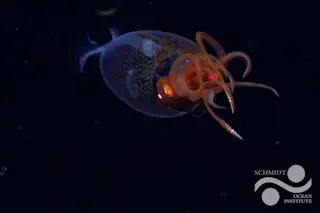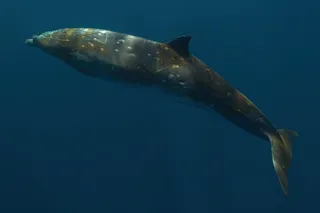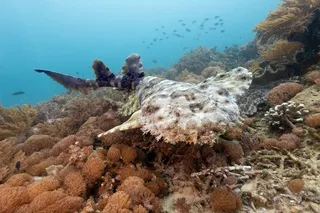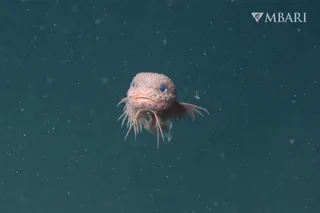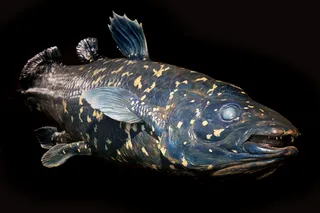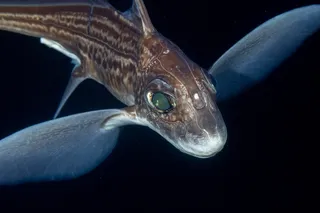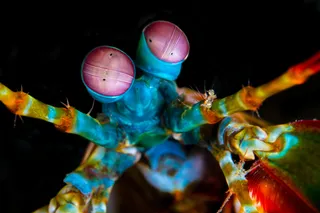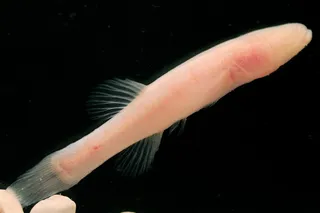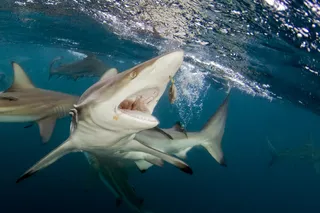For years, tales of giant squids roaming the ocean depths lived mostly in folklore and maritime legends — dismissed as mythological creatures without solid scientific backing. These elusive beings were long considered cryptids due to the lack of confirmed evidence.
That started to change with mounting clues: squid beaks and body parts discovered in the stomachs of sperm whales, and occasional dead specimens snagged by deep-sea fishing vessels. These rare finds confirmed the creature’s existence and earned the colossal squid the title of largest living invertebrate on Earth, even though no human had ever seen one alive (and lived to tell the tale).
Now, right on time for the 100-year anniversary of the colossal squid’s official classification, researchers aboard the Schmidt Ocean Institute’s research vessel Falkor (too) have captured footage of a juvenile colossal squid (Mesonychoteuthis hamiltoni) alive in its natural habitat for the very first time.
“These unforgettable moments ...



